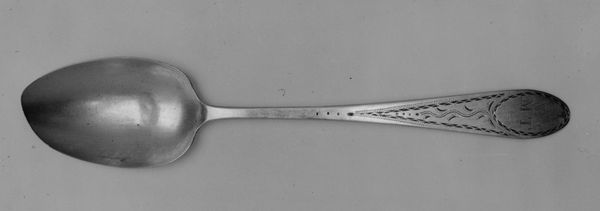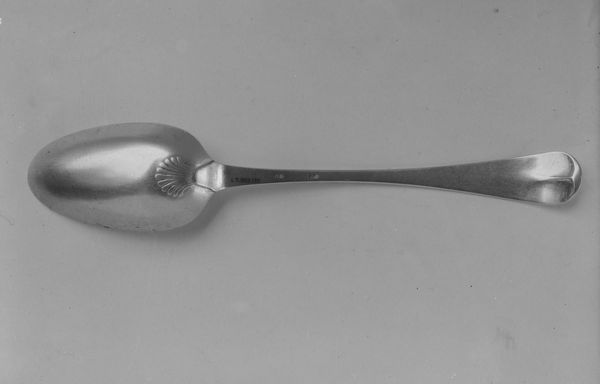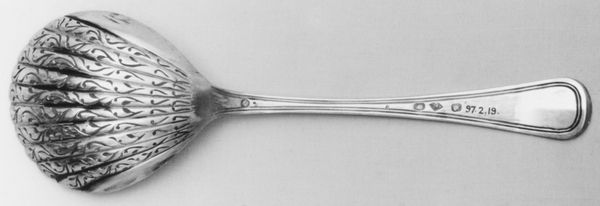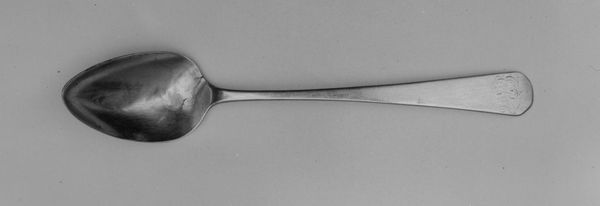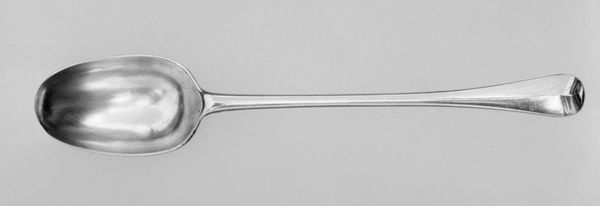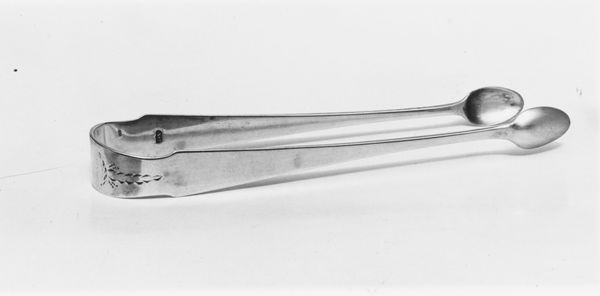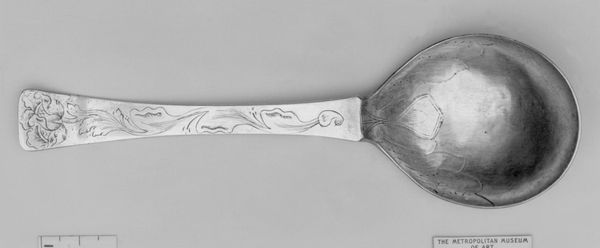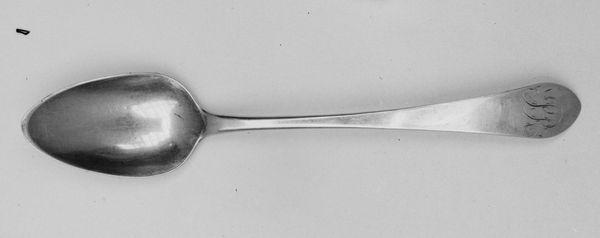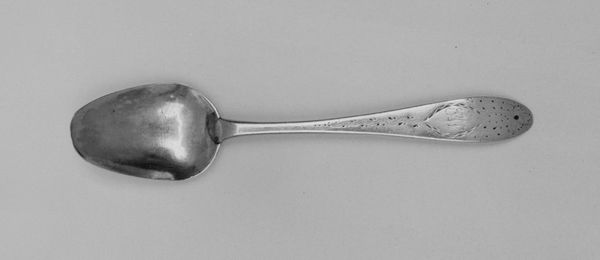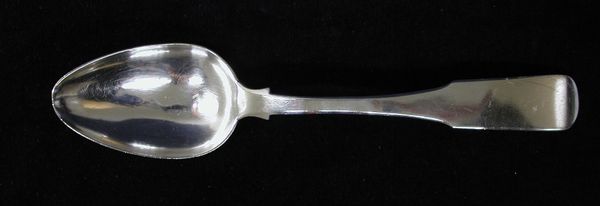
#
3d sculpting
#
3d printed part
#
close up shot
#
closeup shot
#
sculptural image
#
close-up shot
#
close-up
#
3d shape
#
macro shot
#
united-states
#
recipe
Dimensions: L. 6 1/4 in. (15.9 cm)
Copyright: Public Domain
Editor: Here we have a "Sugar Shovel," dating from about 1830 to 1850. It's currently housed at the Metropolitan Museum of Art. Looking at it, I’m struck by its simplicity, almost utilitarian feel, and of course how tiny it is. What thoughts does it spark for you? Curator: It’s easy to see this object and only think of its purpose – serving sugar. But it's crucial to consider its historical and social context. Who was consuming this sugar? Where did it come from? Editor: Ah, right. The elephant in the room – sugar plantations… Curator: Exactly. This seemingly innocuous object becomes implicated in a system of labor exploitation and colonial trade. We must confront the fact that commodities like sugar fueled immense suffering. And consider, too, the domestic space where it would have been used – often managed and maintained by enslaved people or underpaid laborers. Does seeing it that way change your perception? Editor: Absolutely. I initially saw a simple tool. Now, I see a symbol, maybe even a relic, of a very unequal system. The act of serving sugar becomes a loaded gesture. Curator: Precisely. Objects like these force us to reckon with the uncomfortable truths woven into the fabric of our history. This “Sugar Shovel” isn’t just a tool, but evidence that embodies ethical issues we are still working to understand. What's one thing you will take away from this dialogue? Editor: I’ll never look at a simple household object the same way again. I'm grateful for the deeper meaning you have unveiled! Curator: And I'm glad to have explored with you. That's the beautiful intersection of theory and material culture.
Comments
No comments
Be the first to comment and join the conversation on the ultimate creative platform.

